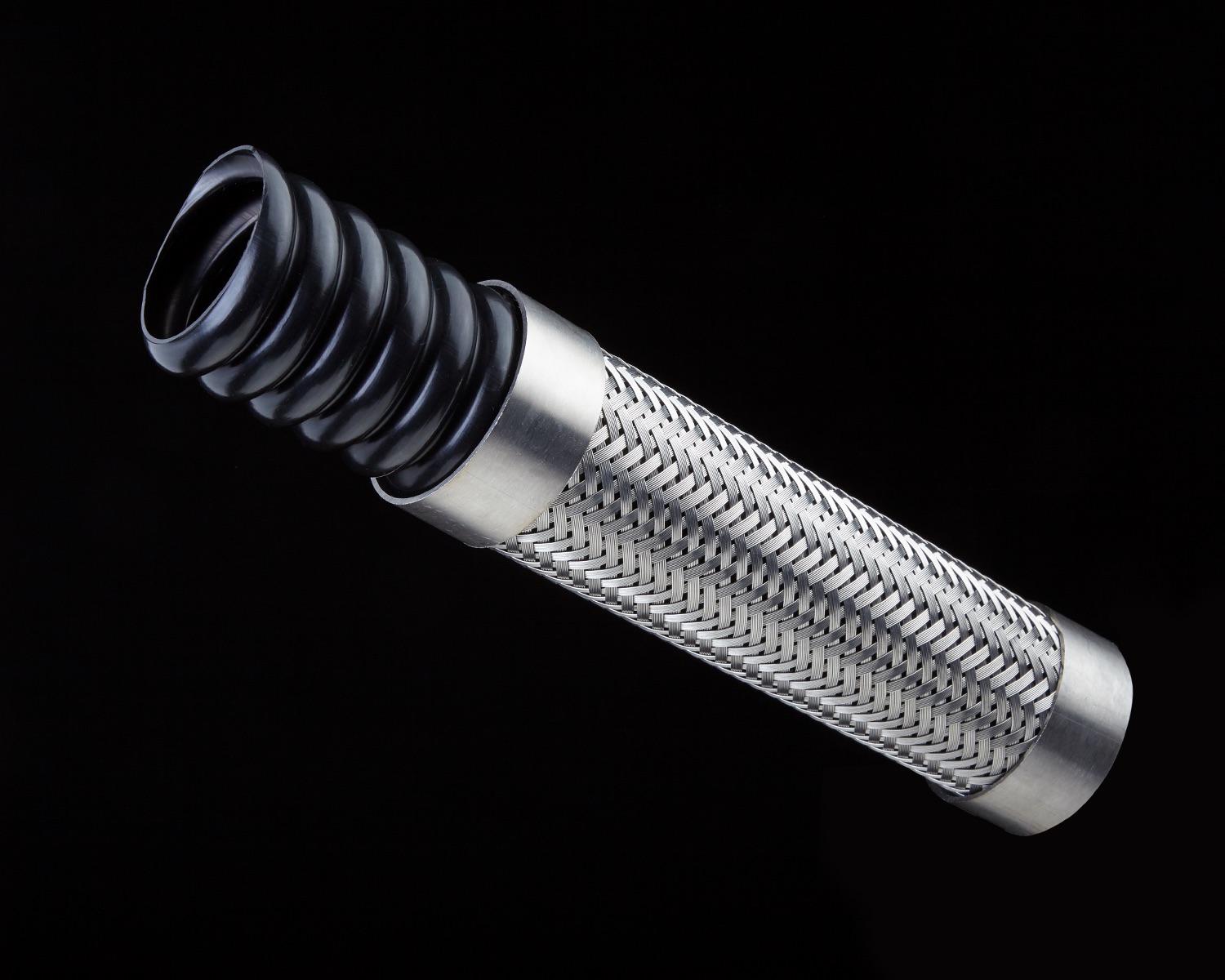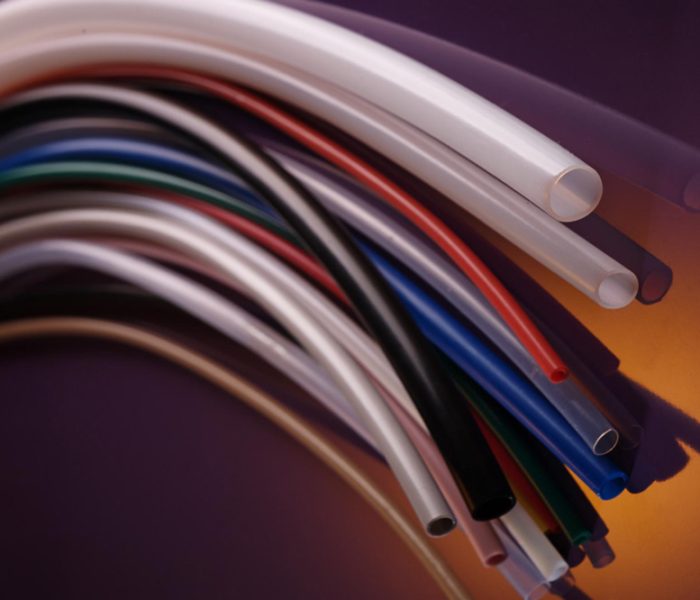PTFE conductive hose is a hose, possessing anti-static properties. While deciding in favour or against the anti-static PTFE hose for an application, the answer would lie in the medium passing through the hose. A PTFE hose like any other ordinary hose consists of a PTFE liner of different thickness, with a protective braiding on it. In case of a PTFE conductive hose the inner liner is made up of a special material which prevents a static build up as against the normal hoses, thus being a much safer option, as static buildups can also cause explosions in case of extreme situations.
- For a medium which is a single phase, a PTFE conductive hose is considered a necessity as the electrical conductivity of the medium is less than 10,000 pS/m (picosiemens per meter)
- For a two or more phase medium, say, like a mixture of liquid and gas (wet steam)or solid particles in a liquid, a PTFE conductive hose is a must.
- Mediums like pure clean gases do not require a PTFE conductive hose.
Electrostatic charging or discharging is highly dependent on the flow velocities of the fluids and limiting the flow velocities in hoses is absolutely crucial. There are standards which recommend a chemical plant equipment to limit its flow velocity below 7 m/s for fluids with low conductivity, i.e. fluids having highly static properties. However, not always can it be controlled and those cases where there is a two phase medium, it would generate a high electrostatic charge while flowing through the hose.

This tends to have a rub-on effect on the hose which also gets charged, and, having a polarity, opposite to that of the medium passing through it. This situation can lead to a serious damage, with even explosions being a possibility. Hence, in this case, a PTFE conductive hose is recommended as the hose does not get charged and stays neutral despite carrying a low conductivity medium which might be potentially charged.
Advantages of a PTFE conductive hose:
Heat Resistance:
A PTFE hose can be used within the temperature range of -260 degrees Celsius to 260 degrees Celsius
- It does not break even when subjected to abrupt cooling or heating
- Melting Point stands at327 degrees Celsius, thus being conductive as an insulator for most metals
- This particular attribute greatly aids fluid transfer at high temperature or pressure.
- Works within the range of 50-120 Kilo volts per mm
- This particular attribute greatly aids insulation process of electric cables.
- Coefficient of Friction equivalent to 0.1.
- Possesses almost identical dynamic and static coefficients.
- Chemically Inert.
- 0% water absorption
- This attribute greatly aids transfer of chemicals and metal parts protection.
Applications of a PTFE Conductive Hose
- Automotive Applications: A PTFE hose possesses the unique characteristic of being highly resistant to heat, making it an ideal pick for transferring fluids under high temperature.
- Electrical Applications: The exceptional dielectric characteristic of a PTFE hose makes it a make it a perfect choice in the insulation process of high voltage cables.
Thus, PTFE conductive hoses are a must in case of low conductivity fluids or two phase flow. And this information is going to be provided by the customer. If the customer can’t supply this information, and a decision needs to be taken between a normal PTFE hose and a PTFE conductive hose, the decision should be in the favour of the latter. These high quality PTFE conductive hoses can be checked out on the flowing website: https://www.aftubes.com/



+91 7028773123

contact@aftubes.com
